How to Drive a Tractor
Part 1 of 3:
Checking the Tractor
-
 Look for tractor safety issues. Walk around your tractor doing an inspection before climbing on. Loose wheel lugs, nuts or bolts may need periodic tightening.[1]
Look for tractor safety issues. Walk around your tractor doing an inspection before climbing on. Loose wheel lugs, nuts or bolts may need periodic tightening.[1] -
 Check your tractor's tire pressure. Low pressure in one or more tires may cause instability and create a safety hazard. If you're not driving your tractor every day, make it a routine to give the tires a quick once-over so you know they're in good shape before you get way out in a field.[2]
Check your tractor's tire pressure. Low pressure in one or more tires may cause instability and create a safety hazard. If you're not driving your tractor every day, make it a routine to give the tires a quick once-over so you know they're in good shape before you get way out in a field.[2] -
 Inspect your stabilizer chains to ensure they are properly secured. Do this when your tractor attachments are behind the tractor.[3]
Inspect your stabilizer chains to ensure they are properly secured. Do this when your tractor attachments are behind the tractor.[3] -
 Open the hood of your tractor. Check the cooling system, radiator and battery levels to make sure they are in the proper range.Make sure you have enough oil and fuel to complete the job or task at hand.
Open the hood of your tractor. Check the cooling system, radiator and battery levels to make sure they are in the proper range.Make sure you have enough oil and fuel to complete the job or task at hand. -
 Be safe at all times. Wear good-quality boots with gripping soles, and keep any long hair tied back. Avoid dangling jewelry that could become caught in moving machinery, and avoid wearing loose or baggy clothing while operating a tractor. Always climb into the tractor using the proper hand holds.
Be safe at all times. Wear good-quality boots with gripping soles, and keep any long hair tied back. Avoid dangling jewelry that could become caught in moving machinery, and avoid wearing loose or baggy clothing while operating a tractor. Always climb into the tractor using the proper hand holds.
Part 2 of 3:
Driving the Tractor
-
 Climb up into the tractor's seat. Familiarize yourself with the controls and find the clutch. Set the seat so you can reach the steering wheel, throttle, and other controls easily with your hands and feet.
Climb up into the tractor's seat. Familiarize yourself with the controls and find the clutch. Set the seat so you can reach the steering wheel, throttle, and other controls easily with your hands and feet.- Wear your seatbelt any time you're going to be around other vehicles. In the field, while it may seem like common sense to buckle your safety belt, you'll find almost no farmers strapping themselves in. More likely than an accident in your tractor will be the need to quickly turn off the engine and hop out and do something that needs doing. The safety roll bar will help to prevent serious injury. Practice good tractor safety and drive safely.
-
 Press the clutch pedal down to the floor with your left foot. You want to be sure the transmission is in neutral as you turn it over.
Press the clutch pedal down to the floor with your left foot. You want to be sure the transmission is in neutral as you turn it over. -
 Engage the break with your right foot. Turn the key forward to start the engine. When it turns over, drop the throttle slightly (without killing it) to let the engine warm up a little. If you jump straight from turning it over to driving, you'll likely stall.[4]
Engage the break with your right foot. Turn the key forward to start the engine. When it turns over, drop the throttle slightly (without killing it) to let the engine warm up a little. If you jump straight from turning it over to driving, you'll likely stall.[4] -
 To drive, release the tractor's parking break. Continue holding the clutch to the tractor floor and put the transmission into a first gear.
To drive, release the tractor's parking break. Continue holding the clutch to the tractor floor and put the transmission into a first gear. -
 Slowly lift your foot off the clutch. Just as with any manual transmission, you want to be slow and smooth as you let the clutch out. It's a lot easier since you don't have to be actively pushing the gas. Keep the throttle at a low setting and take your foot off the brake.[5]
Slowly lift your foot off the clutch. Just as with any manual transmission, you want to be slow and smooth as you let the clutch out. It's a lot easier since you don't have to be actively pushing the gas. Keep the throttle at a low setting and take your foot off the brake.[5] -
 Maintain a uniformly slow speed. Tractors aren't made for going particularly fast, they're made for durability and power. Don't push it. Go slowly, treating turns, curves, and hills with special caution.[6]
Maintain a uniformly slow speed. Tractors aren't made for going particularly fast, they're made for durability and power. Don't push it. Go slowly, treating turns, curves, and hills with special caution.[6]- Especially if you're using attachments and other hardware, go extremely slowly and use precaution when executing turns.
-
 To stop the tractor, press the clutch to the floor completely. Switch the gears to neutral and set the parking brake. Slow the throttle. Turn the tractor key to the off position to stop the tractor engine.[7]
To stop the tractor, press the clutch to the floor completely. Switch the gears to neutral and set the parking brake. Slow the throttle. Turn the tractor key to the off position to stop the tractor engine.[7]
Part 3 of 3:
Using the Tractor
-
 Make sure all operators are trained and familiar with the tractor. For farm hands or employees younger than 16, familiarize yourself with OSHA labor standards regarding child labor. Some jobs involving heavy machinery are too dangerous to be performed by less experienced workers.
Make sure all operators are trained and familiar with the tractor. For farm hands or employees younger than 16, familiarize yourself with OSHA labor standards regarding child labor. Some jobs involving heavy machinery are too dangerous to be performed by less experienced workers.- "HO/A #1 The FLSA prohibits youth under 16 years of age from operating a tractor of over 20 PTO (power-take-off) horsepower, and from connecting or disconnecting implements or parts to such a tractor."[8]
- In some places, it's necessary to obtain a registration to drive your tractor on the road (the UK and Australia, for example) while many other regions forego registration as long as your tractor displays reflective caution tape and is clearly visible.
-
 Outfit your tractor with a mowing attachment. For heavy-duty weed control and maintenance of rough areas of your property, it's useful to get a mowing attachment to eliminate invasive weeds and brush.
Outfit your tractor with a mowing attachment. For heavy-duty weed control and maintenance of rough areas of your property, it's useful to get a mowing attachment to eliminate invasive weeds and brush. -
 Attach a tractor bucket and learn to use it. Most Kubotas and other common smaller tractors have a wide variety of attachments, including buckets that will make your tractor into a kind of small-scale backhoe. You can haul brush and other junk around your property.[9]
Attach a tractor bucket and learn to use it. Most Kubotas and other common smaller tractors have a wide variety of attachments, including buckets that will make your tractor into a kind of small-scale backhoe. You can haul brush and other junk around your property.[9]- Follow proper driving safety when adding a bucket. Never drive with the bucket in full "up" position, but always remember to raise it into the drive position so it's not dragging in the mud.
-
 Use cultivator attachments on larger tractors to plow for planting. If you've got a row to hoe, the job is much easier with a cultivator to break up the dirt and help plant your crop.
Use cultivator attachments on larger tractors to plow for planting. If you've got a row to hoe, the job is much easier with a cultivator to break up the dirt and help plant your crop. -
 Make sure any attachments heavier than the tractor itself have independent brakes. If you're using tractor attachments, you'll need to be especially careful to drive extremely carefully and use the guidelines outlined in the owner's manual for each implement, attachment, or device. Make sure that heavier attachments are outfitted with independent brakes in good working condition, and learn to use them.
Make sure any attachments heavier than the tractor itself have independent brakes. If you're using tractor attachments, you'll need to be especially careful to drive extremely carefully and use the guidelines outlined in the owner's manual for each implement, attachment, or device. Make sure that heavier attachments are outfitted with independent brakes in good working condition, and learn to use them. -
 Hitch all attachments properly. Make sure to follow proper safety precautions while hitching your tractor to wagons or other farming implements:
Hitch all attachments properly. Make sure to follow proper safety precautions while hitching your tractor to wagons or other farming implements:- Make sure that the area in front and behind, making sure especially that no one is behind the tractor
- Back the tractor up slowly
- Practice a safe stop, applying the emergency brake
- Put the transmission in neutral
- Dismount the tractor and hitch up[10]
5 ★ | 1 Vote
You should read it
May be interested
- How to identify hard drive failure, hard drive failure, bad hard drive on Windows
 how to know the hard drive is corrupted, the hard drive is bad, bad? if your computer has the following signs, the chances are great that it already has a problem, be prepared to take it to repair or replace the new hard drive.
how to know the hard drive is corrupted, the hard drive is bad, bad? if your computer has the following signs, the chances are great that it already has a problem, be prepared to take it to repair or replace the new hard drive. - How to use the RAM drive in Windows 10
 a ram drive is a hard drive made up of ram in a computer. it cannot store data permanently but is extremely fast. if you want to give it a try, you can create a ram drive with free software and don't need to upgrade your computer.
a ram drive is a hard drive made up of ram in a computer. it cannot store data permanently but is extremely fast. if you want to give it a try, you can create a ram drive with free software and don't need to upgrade your computer. - How to Partition a Hard Drive in Windows 8
 partitioning divides a hard drive into two or more smaller, separate drives. the larger a drive is, the longer it can take for the computer to retrieve data on that drive. partitioning a large drive can speed up the drive access time....
partitioning divides a hard drive into two or more smaller, separate drives. the larger a drive is, the longer it can take for the computer to retrieve data on that drive. partitioning a large drive can speed up the drive access time.... - How to use Google Drive like free FTP server or Network Drive
 although the usual google drive backup and synchronization method is great, there are some limitations. that's why google drive should be used as an ftp server or network drive.
although the usual google drive backup and synchronization method is great, there are some limitations. that's why google drive should be used as an ftp server or network drive. - How to use Dev Drive for developers on Windows 11
 microsoft wants windows 11 to be every programmer's dream operating system, and dev drive is part of that plan. here's how to use dev drive on windows 11.
microsoft wants windows 11 to be every programmer's dream operating system, and dev drive is part of that plan. here's how to use dev drive on windows 11. - How to use flash drive on Windows 10
 a flash drive is a small, portable data storage device and can be connected to any computer or device using a usb port. this article will show you how to use the flash drive on windows 10.
a flash drive is a small, portable data storage device and can be connected to any computer or device using a usb port. this article will show you how to use the flash drive on windows 10. - How much C computer drive capacity to be reasonable?
 many people use computers but are not very interested in how to allocate memory in the drives for the most reasonable. simply because they think that hard drive capacity is not as much or as much free space as possible. however, the truth is not as simple as you think. especially c drive, it directly affects computer speed, so adjusting the c drive capacity reasonably and scientifically is something you need to know.
many people use computers but are not very interested in how to allocate memory in the drives for the most reasonable. simply because they think that hard drive capacity is not as much or as much free space as possible. however, the truth is not as simple as you think. especially c drive, it directly affects computer speed, so adjusting the c drive capacity reasonably and scientifically is something you need to know. - What is a hard drive? There are several types?
 today most types of computers are large and small need to use hard drives, this is an extremely important part for computers, it has the ability to store all personal data and they are always accessed regularly. .
today most types of computers are large and small need to use hard drives, this is an extremely important part for computers, it has the ability to store all personal data and they are always accessed regularly. . - Support tools for using documents from Google Drive
 the tools in this article will help you use the data in google drive in a convenient and effective way at work.
the tools in this article will help you use the data in google drive in a convenient and effective way at work. - Pros and cons of using an external hard drive for PS4
 the ps4 is a great game console, but its basic hard drive might not meet your requirements. small storage, slow load times, and frequent crashes can affect console.
the ps4 is a great game console, but its basic hard drive might not meet your requirements. small storage, slow load times, and frequent crashes can affect console.
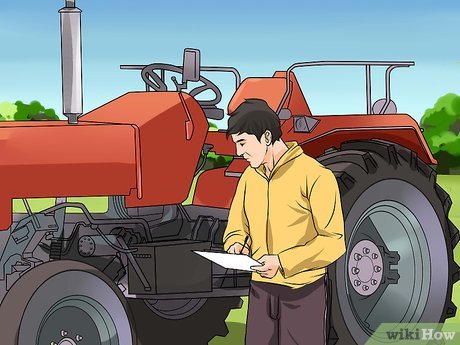
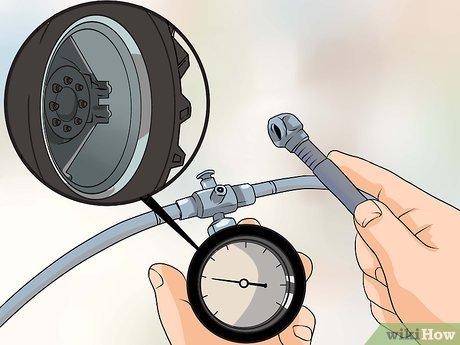
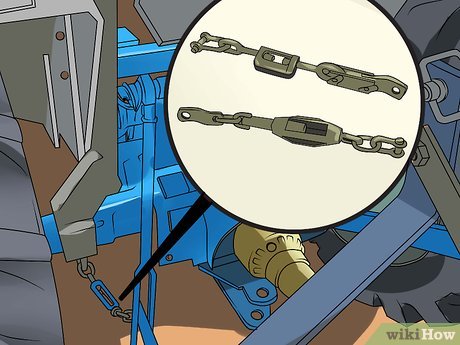

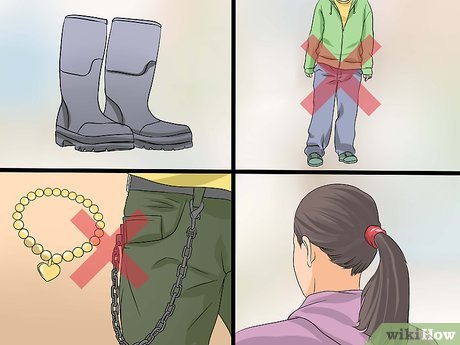
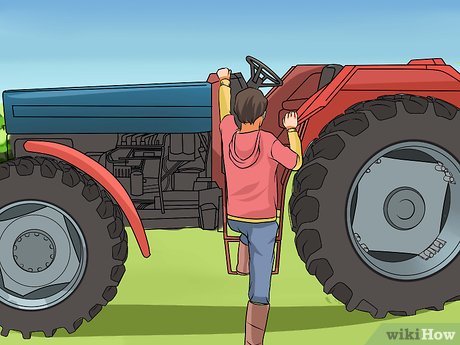
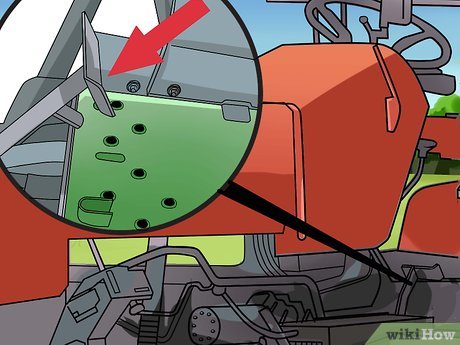
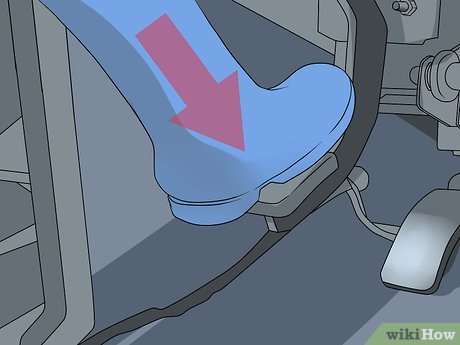
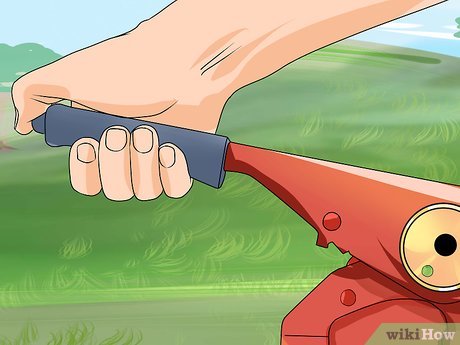
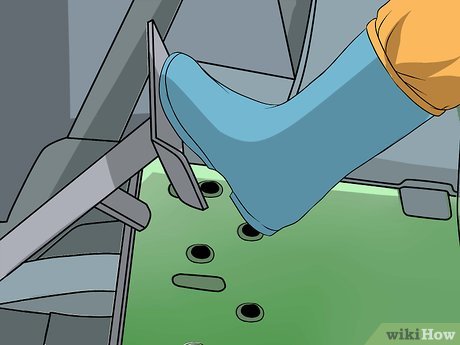
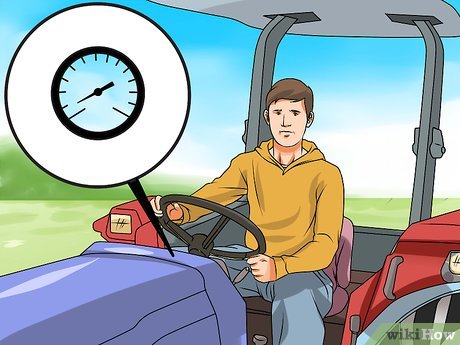
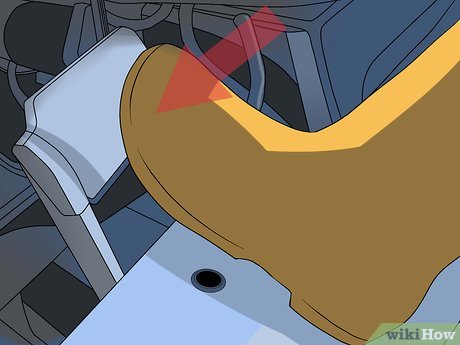

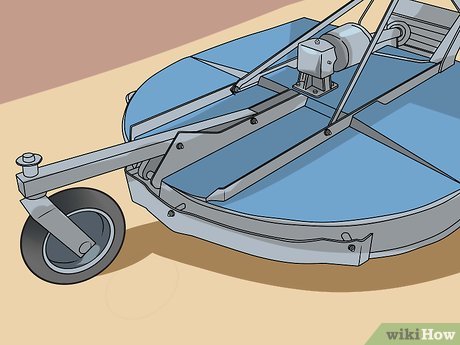
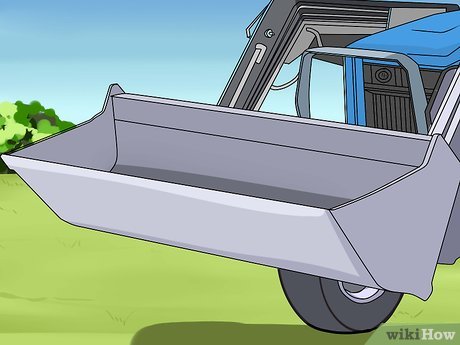
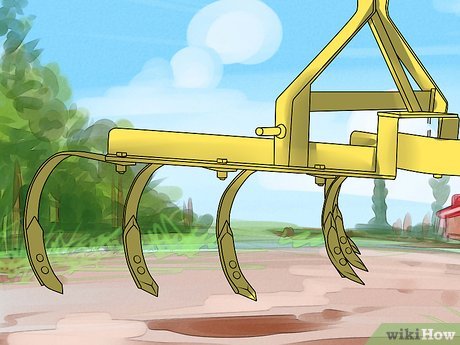
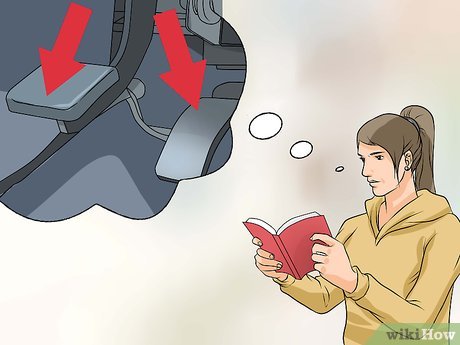
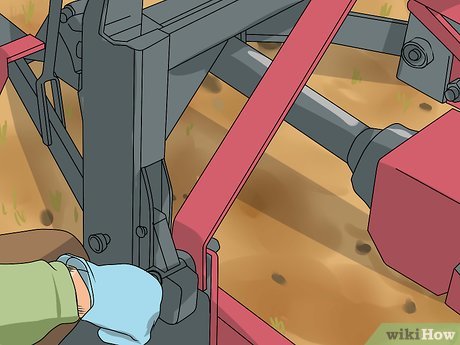










 How to Choose an Auto Transport Company
How to Choose an Auto Transport Company How to Install a New Handlebar Grip
How to Install a New Handlebar Grip How to Start a Car Repair Business
How to Start a Car Repair Business How to Calibrate a Torque Wrench
How to Calibrate a Torque Wrench How to Clean Battery Terminals
How to Clean Battery Terminals How to Become a Truck Driver
How to Become a Truck Driver